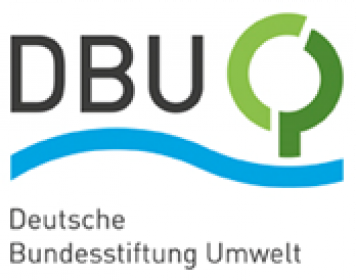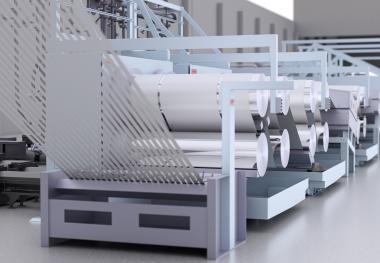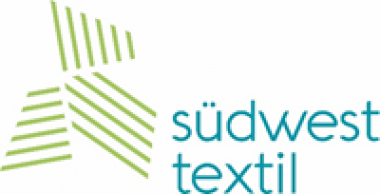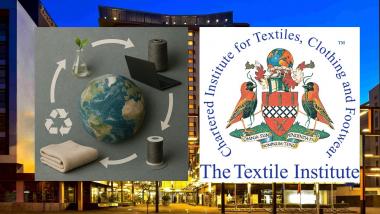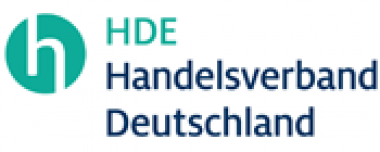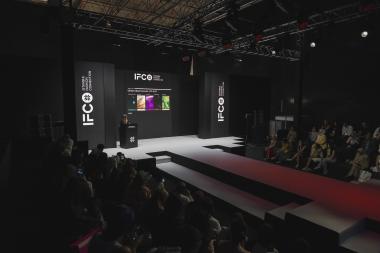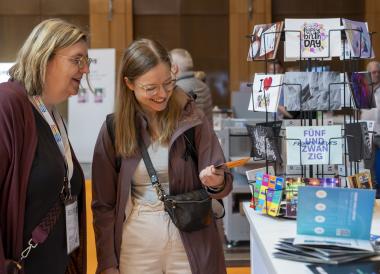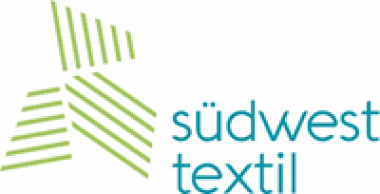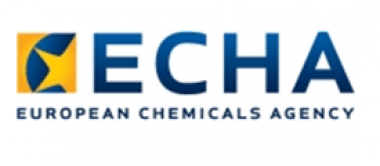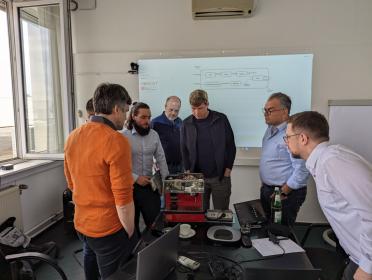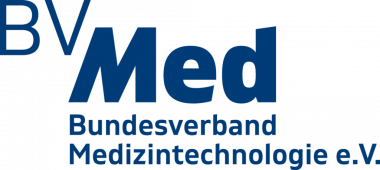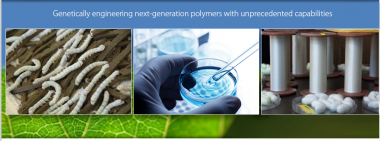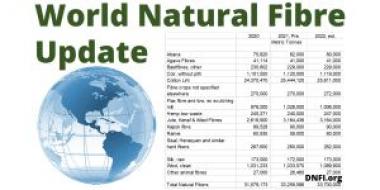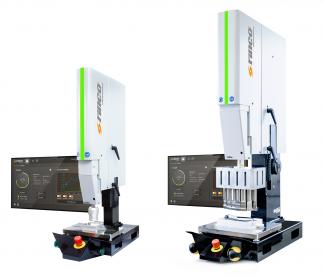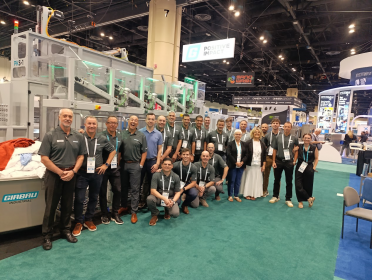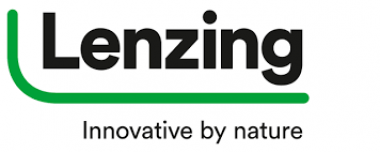Innovatives Kunststoffrecycling – DBU auf der K 2025 in Düsseldorf
Insgesamt verursachen Kunststoffe rund fünf Prozent der weltweiten Treibhausgase – etwa doppelt so viel wie der globale Flugverkehr, Tendenz steigend. Bis 2060, so eine OECD-Prognose, soll sich der Plastikverbrauch verdreifachen. Die Lösungen für die Plastikflut heißen: Menge reduzieren und stoffliches Recycling. Bislang wird nur wenig Plastik aus recyceltem Kunststoff hergestellt. In Deutschland sind es derzeit etwa 15 Prozent.
Auf der Messe K 2025, der international führenden Fachmesse in der Kunststoff- und Kautschukindustrie, präsentiert die DBU drei Förderprojekte, die das Plastikrecycling voranbringen wollen:
TexKreis – Rückführung kunststoffbasierter textiler Produkte in den Kreislauf, IKK – Institut für Kunststoff- und Kreislauftechnik, Leibniz Universität Hannover: Um auch für Textilabfälle aus Kunststofffaser-Mischgewebe eine wirtschaftliche Recyclingtechnologie anbieten zu können, arbeitet das IKK an einem mechanischen werkstofflichen Recycling. Dabei werden vorsortierte Textilabfälle zerkleinert, pelletiert und durch Extrusion zu thermoplastischen Granulaten als Ausgangsmaterial für neue Produkte rezykliert. Besonders bei Kunststoffgemischen und hohem Fremdstoffanteil ist die resultierende Rezyklatqualität kritisch. Als Lösung hat das IKK die „Intelligenz“ der Recyclingprozesse durch verschiedene Inline-Analytikmethoden oder Verfahrensschritte verbessert.
Kreislaufwirtschaft im medizinischen Labor, HygCen Germany GmbH, Schwerin, und ERMAFA GmbH, Chemnitz: Wie lassen sich Einmal-Kunststoffartikel aus Krankenhäusern und medizinischen Laboren stofflich recyceln? Herzstück der Lösung ist das MACS (Machine Autoclave Cutting Sterilization)-System der ERMAFA GmbH, das die Behandlung von medizinischem Kunststoffabfall mittels Schreddern und anschließender Dampfsterilisation bietet, so dass ein hochwertiges, hygienisch unbedenkliches Rezyklat erzeugt werden kann. Im Projekt werden die Sterilisationsprozesse durch HygCen Germany überprüft und die Materialeigenschaften dieser Rezyklate optimiert. Es wird untersucht, welche Rezyklatanteile sich in Produkten mit spezifischen Anforderungen erreichen lassen. Zur Validierung werden Prototypen im Spritzgussverfahren hergestellt.
Der globale Marktplatz für recycelte Kunststoffe, Cirplus GmbH, Hamburg:
Das DBU-geförderte Start-up Cirplus ist Europas größte KI-gestützte Beschaffungsplattform für recycelte Kunststoffe. Sie bündelt und qualifiziert globale Angebote und unterstützt Unternehmen so von der Bedarfsanalyse über die Qualitätskontrolle bis zur vollständigen Beschaffung. Die weltweit ersten Standards für hochwertiges Kunststoffrecycling und Digitalisierung, die DIN SPEC 91446 und 91481, wurden von Cirplus initiiert und 2025 in die europäische Norm EN 18065 eingegliedert – einschließlich des ersten Branchenstandards für digitale Produktpässe für Kunststoffrezyklate. Diese Standards werden international anerkannt, unter anderem vom Verband der Automobilindustrie (VDA). Mittlerweile betreut Cirplus über 2 000 Unternehmen aus mehr als 70 Ländern, greift auf Daten von über 2 500 Materiallieferanten zu und verfolgt monatlich die Produktion von mehr als 230 000 Tonnen Material aus 70 Ländern, mit Fokus auf Europa und Asien.
Deutsche Bundesstiftung Umwelt


